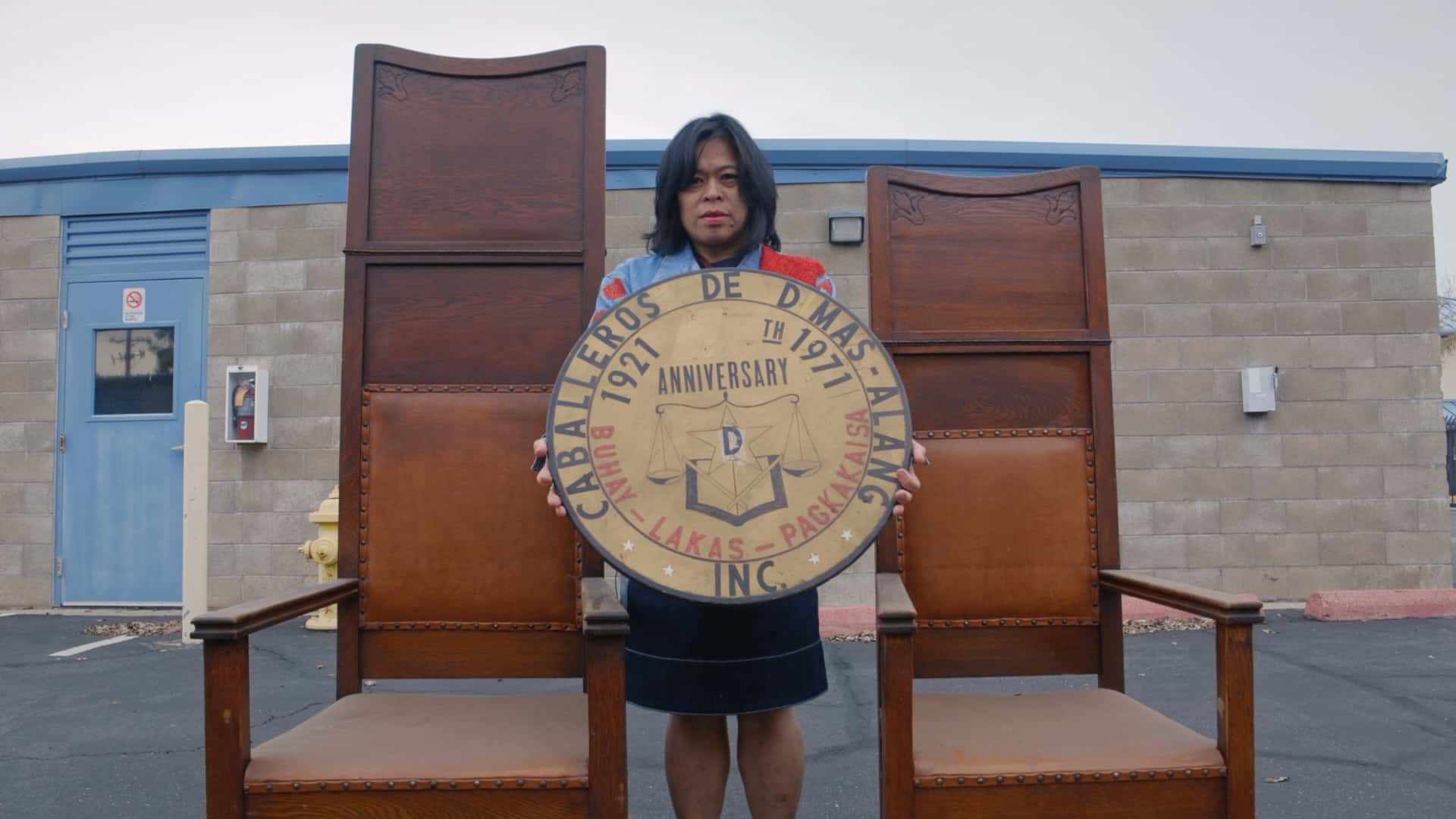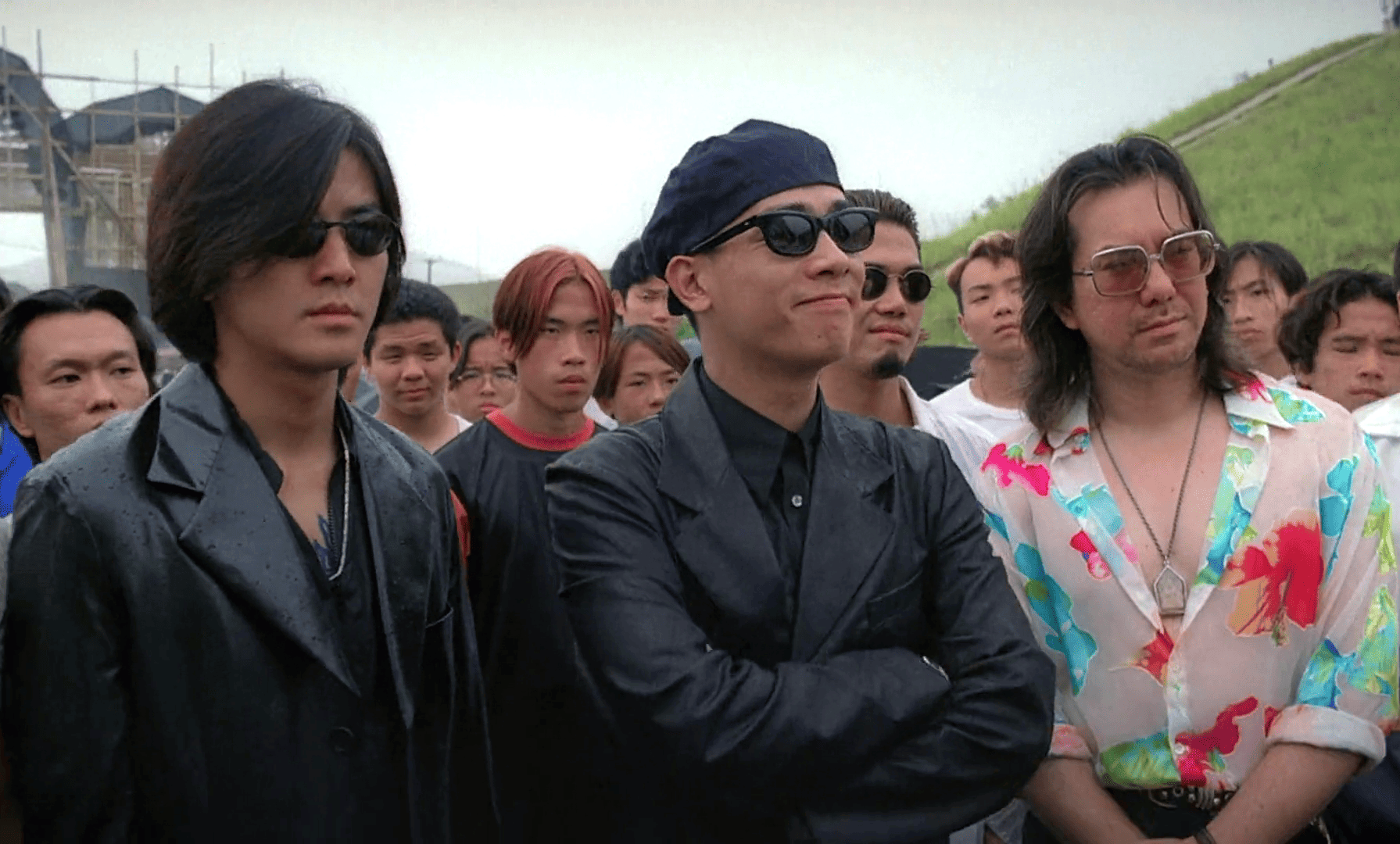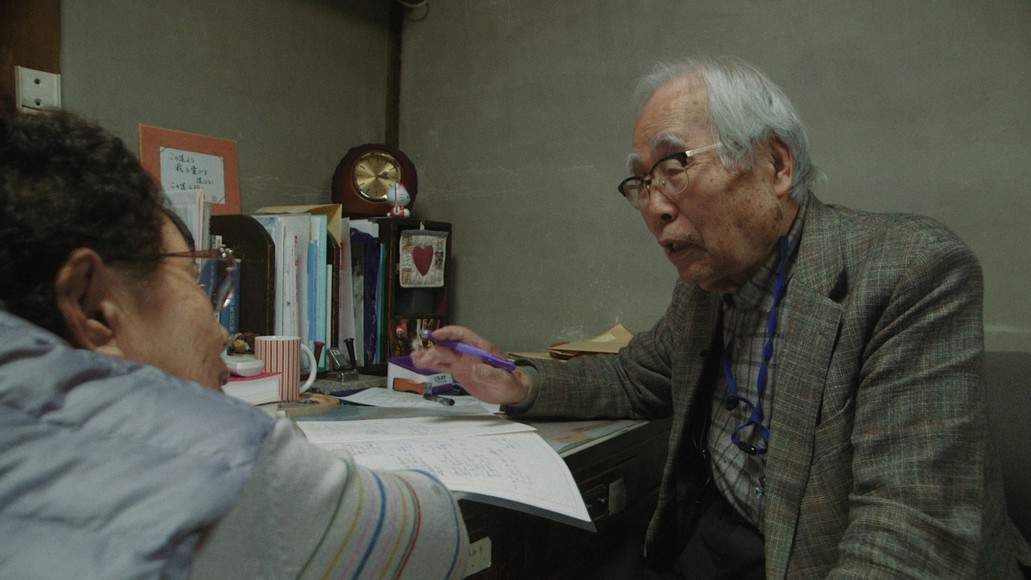One of the great pleasures of visiting new places is exploring the landscapes of their popular culture. Especially if they are located outside the centers of cultural hegemony. There are always amazing artists, some of whom unknown superstars, who work hard to make the art they feel passionate about and through it, make their people and culture known to the wider world. To put their culture on the map, as the cliche says, but also protect their people's culture from vanishing or being assimilated into one of the centers. Sameer Farooq and Ursula Engel's documentary about Uyghur music in Xinjiang Region in China “The Silk Road of Pop” is filled with such people. They are musicians and through their art, they have aimed to let the world know that they, the Uyghur people exist.

Shot in the span of several years, “The Silk Road of Pop” shows the traditional and modern music of Xinjiang side by side. Neither of them takes precedence over the other, neither is paid more attention or portrayed as more important. They co-exist, and to a certain degree, influence one another. This allows Farooq and Engel to explore and question the place of music among the Uyghur inhabitants of Xinjiang. They take a somewhat chronological approach to the presentation of music-making among the Uyghurs in that the first part of the movie focuses on traditional music and its performers. Though most of them speak highly of the music they have dedicated their lives to, some artists realize the marginal position the music from the region has in China. The country's media has paid some attention to Uyghur traditional music, ignoring everything else. This has forced many artists from the ethnic minority to focus exclusively on it. Otherwise, they won't find audiences outside of Xinjiang.
The focus on Uyghur traditional music, and more precisely, the twelve muqam, traditional Uyghur melody types that have been designated intangible cultural heritage by UNESCO, has resulted in the exoticization of the minority's culture, and worse, in self-exoticization. This, itself, has helped the Chinese Communist Party in the marginalization of the minority and their forced “modernization.” As a result, the performers of traditional music are put in a convoluted quandary. On the one hand, they want to preserve, extol, and popularize their traditions and cultural identity through music. On the other, they don't want to serve as an Other to the modern Han Chinese. This introduces one of the most important themes explored in the entire movie – how can a marginalized ethnic minority manage to both protect its tradition without being used for Chinese nationalist and orientalist agendas, but also be a meaningful part of the music world.
The second part of “The Silk Road of Pop” deals with just that, popular music in the widest sense. We explore different contemporary genres, mostly metal and rap, through interviews with bands from Urumqi. They are the Slipknot-esque metallers Laji Dang (they seem to not exist anymore) and the rappers Six City. Both projects try to dodge the expectations the Han Chinese cultural hegemons have for Uyghur music. And face many difficulties for this. For example, at one point Adil, frontman of Laji Dang, says his is the only metal band in the biggest and hippest city in Xinjiang, Urumqi. They are also probably the only metal band in the entire region. This stifles their artistic growth as a band, but doesn't stop them from pursuing their dream of making.
Not least important, unlike the traditional musicians we see in the beginning of the documentary, Laji Dang is a much more cosmopolitan project. Their members come from different minorities from Xinjiang. They even have a Han Chinese bass player. As such, they, as a band, don't really promote Uyghur culture, and seem not to consider themselves as an Uyghur project, but a metal band from the Xinjiang region. Nevertheless, as Adil tells us, he is proud of his Uyghur heritage and is a big fan of earlier rock bands from the area. He is also deeply inspired by the muqam.
The situation with the rap project is a bit different. Though they also play a relatively modern genre, though their beats and the flow of the rappers are a bit outdated, we must say, the members of the band claim to be highly influenced by traditional Uyghur music and culture. After all, as one of them tells us, they are named after the six great cities of the Tarim Basin region. In a somewhat funny scene, one of the members tries to recite the names of the cities his band is named after, but fails. The reason, be it personal lack of knowledge or a bigger institutional problem connected with education or the erasing of Uyghur memory, is left to the imagination of the viewer.
Like every musician featured in the documentary, the members of Six City also namedrop the muqams as a well of inspiration. How, though, is difficult to say, because the audience can't really hear them much in the band's beats. It is maybe a feeling they try to communicate or a tradition they try to connect with so they can make a bridge between traditional music and contemporary one. The answer to this is not pursued by the directors, but it also doesn't really matter in the grand scale of things. The collective works well within the narrative of the documentary as an example of modern Uyghurs who respect and try to connect with their tradition.
“The Silk Road of Pop” is a documentary about music and its role in society. And the experience of music lovers is crucial for that. We see their role for its sustenance through Ay, a young woman with dyed hair who tries to break away from the traditional gender expectation of the conservative Uyghur society. She likes modern music and culture, spending all off her free time listening and dancing to the likes of Alicia Keys or going to different gigs, whenever she has the time. Through her, we meet the metal band Laji Dang and see some of the spots where cool modern people hang. As we do that, we get to know her better and learn about the difficulties young nonconformist people face in a conservative society.
However, Ay is not the protagonist of this movie. No one person is. Rather, it is the music in all its myriad forms. In this lies the biggest issue of “The Silk Road of Pop”. Though a great documentary about the music of Xinjiang, it is a far less good one about the people who make it. This results in a movie about art and its place in people's lives that pays little attention to the individual people themselves. Nevertheless, it is a timeless snapshot of Uyghur music, and a movie everyone should see, especially now, when the systemic assimilation and ethnocide of Uyghurs by the Chinese Communist Party is stronger than ever.
















